
Posts Tagged: Thomas Scott
Battling Dengue at a Field Station in Iquitos, Peru
UC Davis epidemiologist Amy Morrison knows Iquitos, Peru, like the back of her hand. Travelers know Iquitos as the "capital of the Peruvian Amazon" but scientists know it as a hot spot for dengue, a mosquito-borne viral disease with raging outbreaks in many tropical and subtropical countries. Amy...
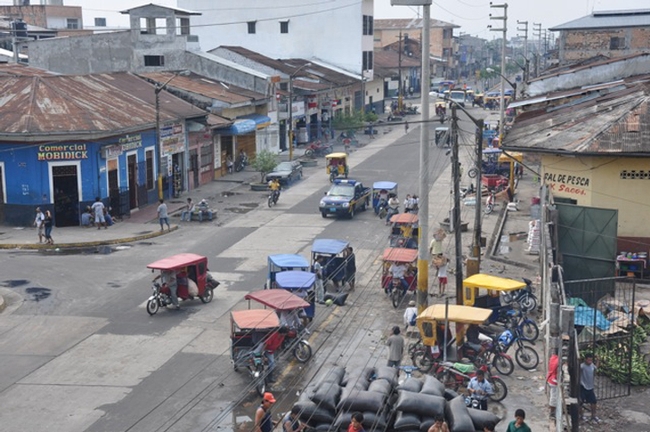
This is Iquitos, Peru, known as the "capital of the Peruvian Amazon." Scientists know it as a hot spot for dengue. (Photo courtesy of the Thomas Scott lab)
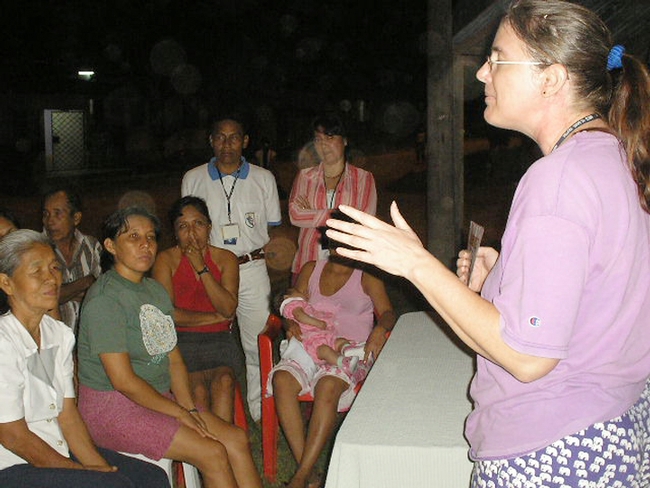
UC Davis epidemiologist Amy Morrison discusses dengue with Iquitos residents.
Dengue: Yes, You Can Get It Again
Medical entomologists are learning more and more about Aedes aegypti, the daytime-biting mosquito that prefers human blood. The mosquito transmits the Zika virus, currently "the" hot medical topic. But it also transmits dengue, yellow fever and chikungunya viruses. Especially...
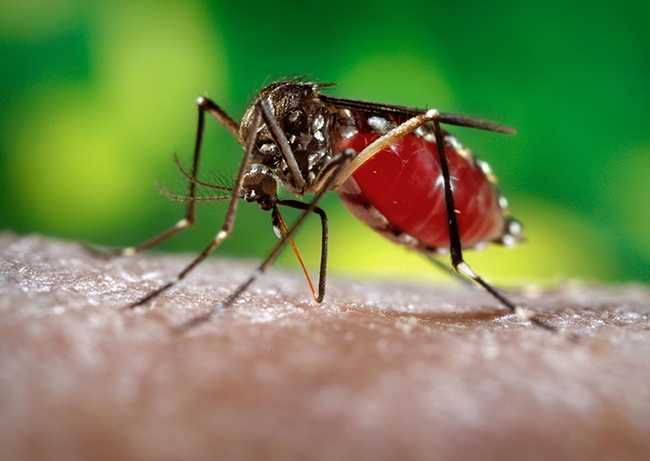
Aedes aegypti, the daytime-biting mosquito that prefers human blood. (CDC Photo)
Mosquitoes Take the Spotlight: Front Line and Center
Mosquitoes will take the spotlight, front line and center, this month. On Wednesday, April 8, Regents Professor Michael Strand of the University of Georgia, Athens, and internationally recognized for his research on parasite-insect host interactions, will speak on "The Role of Microorganisms in...
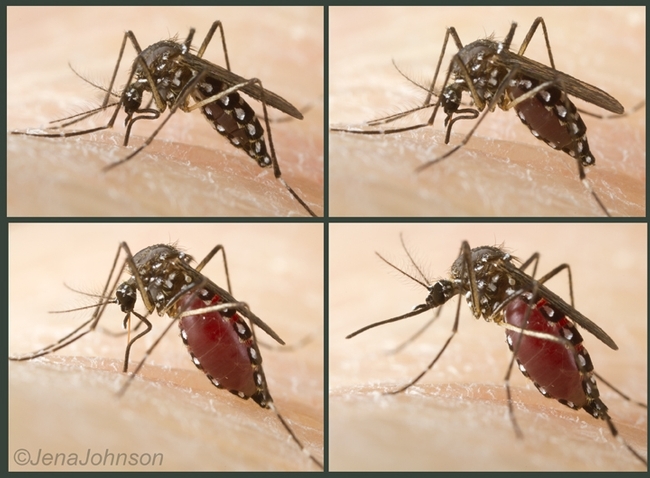
Aedes aegypti feeding on its host. (Photo by Jena Johnson)
It's Like Winning the Triple Crown
It's like winning the triple crown. The Pacific Branch of the Entomological Society of America (PBESA) has announced that two distinguished professors and a graduate student from the Department of Entomology and Nematology, University of California, Davis, have won major awards. Distinguished...
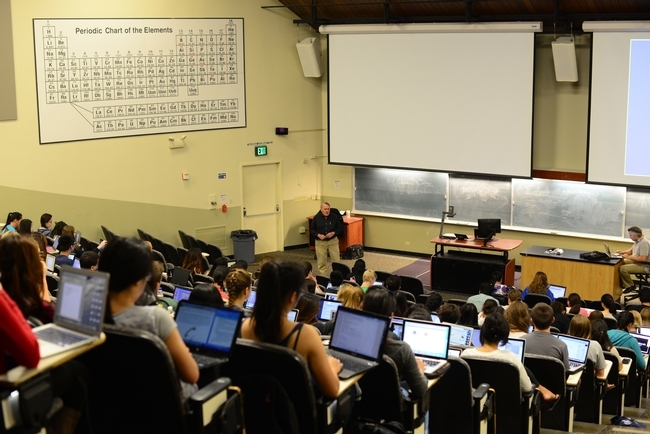
James Carey teaching a UC Davis chemistry class “how to make one-minute videos on the properties of the elements in periodic tables.” The result: 540 one-minute videos, probably a world record. (Photo by Kathy Keatley Garvey)
Growth in wildland areas makes firefighting more costly
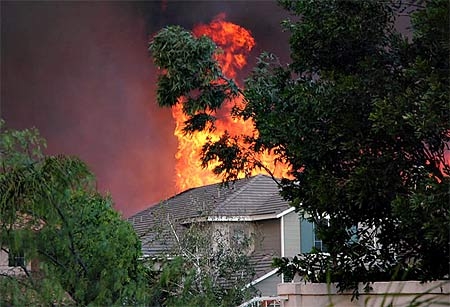
In uninhabited areas, authorities can let wildfire run their course. But that's not an option when homes are threatened, said Thomas Scott, UC Cooperative Extension specialist in the Department of Ecosystem Sciences at UC Riverside. Scott also serves at UC Berkeley in the Department of Environmental Science, Policy and Management.
"The reality is that if you are trying to rescue people's lives or trying to save people's houses, you end up spending an awful amount of money," he said.
The number of wilderness communities rose during the 1987 and 1997 housing booms, Scott said. Development slowed during the recent recession, but is showing signs of heating up again. Scott urges local officials to do a better job of directing growth adjacent to wild areas.
Homes in wilderness communities sometimes "can't be saved in a large conflagration," Scott said. "The question then becomes, can you expect society to underwrite your desire to live in a chaparral?"
Additional fire coverage with UC Agriculture and Natural Resources experts:
Nearly 10,000 acres burned in Southern California Wildfires
KQED Radio, Forum with Michael Krasny
Host Dave Iverson interviewed Bill Stewart, UC Cooperative Extension specialist in the Department of Environmental Science, Policy and Management at UC Berkeley. Stewart is co-director of the Center for Fire Research and Outreach at UC Berkeley.
Some evacuations lifted in San Diego fire area
Julie Watson and Elliot Spagat
For this story, Gillian Flaccus interviewed Max Moritz, UC Cooperative Extension specialist in the Department of Environmental Science, Policy and Management at UC Berkeley, and Jan Gonzales, coordinator of the Wldfire Zone website, for this story.
